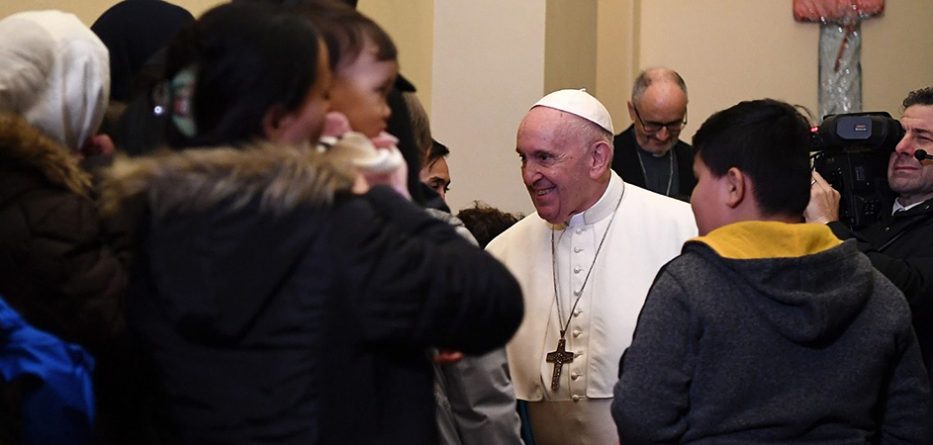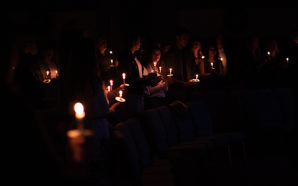The Catholic Church’s World Day of Migrants and Refugees this year is focussing on the pastoral care of internally displaced persons (IDPs), who currently number over 41 million worldwide.
“Forced like Jesus Christ to flee” is the theme that Pope Francis chose for the 106th edition of the day this year, which will be marked on Sunday 27 September, according to a statement released on Friday by the Holy See Press Office.
“As the title makes clear, the reflection begins with the experience of the young Jesus and his family as displaced persons and refugees,” the Press Office said. “This provides a Christological grounding for the Christian action of welcome or hospitality.”
In the coming months, the theme will be developed in six sub-themes expressed by six pairs of verbs: to know in order to understand; to draw near so as to serve; to listen in order to reconcile; to share and thus to grow; to involve in order to promote; and finally, to collaborate and therefore to build.
The Migrants & Refugees Section of the Vatican Dicastery for Promoting Integral Human Development will encourage, prepare and support the celebration of this day.
Resources are being developed and a communication campaign will soon get underway. Each month, information, reflections, and multimedia aids will be offered as means of exploring and expressing the theme chosen this year by the Holy Father.
A few months ahead of the World Day of Migrants and Refugees, Pope Francis will release his message. The issue of migrants and refugees has been one of the focal points of the pontificate of the 83-year old pope.
Origins
The origins of the World Day of Migrants and Refugees can be traced to 1914, a few months before the outbreak of World War I. Touched by the drama of millions of Italians who had migrated abroad since the beginning of the 20th century, Pope Pius X called on all Christians to pray for migrants.
A few months later, his successor Pope Benedict XV instituted the Day of the Migrant to support spiritually and economically the pastoral work for Italian emigrants.
In 1952, Migrant Day took on a broader and more international connotation and the particular Churches were called upon to choose a date to celebrate the day during the liturgical year.
St. John Paul II was the first pontiff to issue, since 1985, a message each year drawing attention to some of the specific realities and difficulties of people on the move, calling the Church to action.
In 2004, the Pontifical Council for the Pastoral Care of Migrants and Itinerant People extended the day to refugees calling it the World Day of Migrants and Refugees.
At the behest of St. John Paul II, since 2005, the World Day of Migrants and Refugees has been celebrated by the Universal Church on the 2nd Sunday after the Epiphany.
On the 104th World Day of Migrants and Refugees, January 14, 2018, Pope Francis announced that the day will be marked henceforth on the last Sunday of September.
With thanks to Vatican News, where this article originally appeared.








